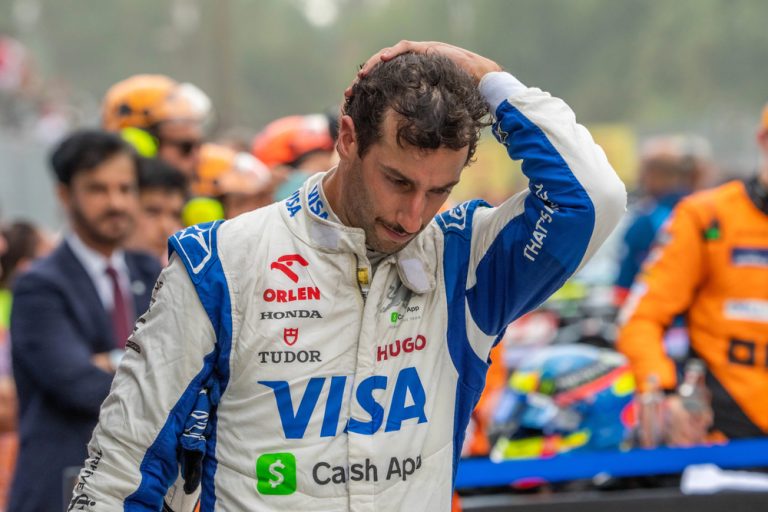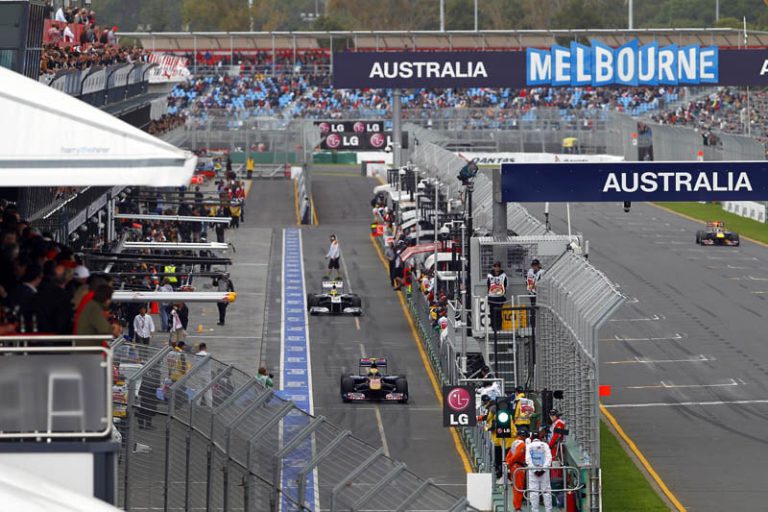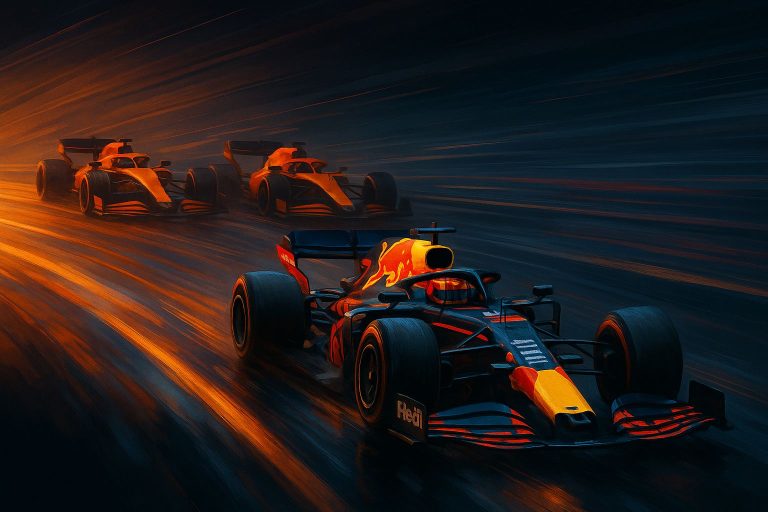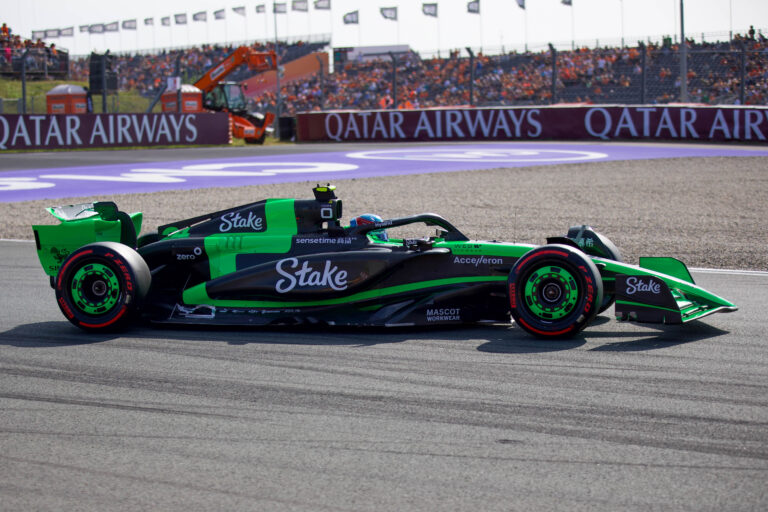Formula 1’s History of Controversy and Cheating
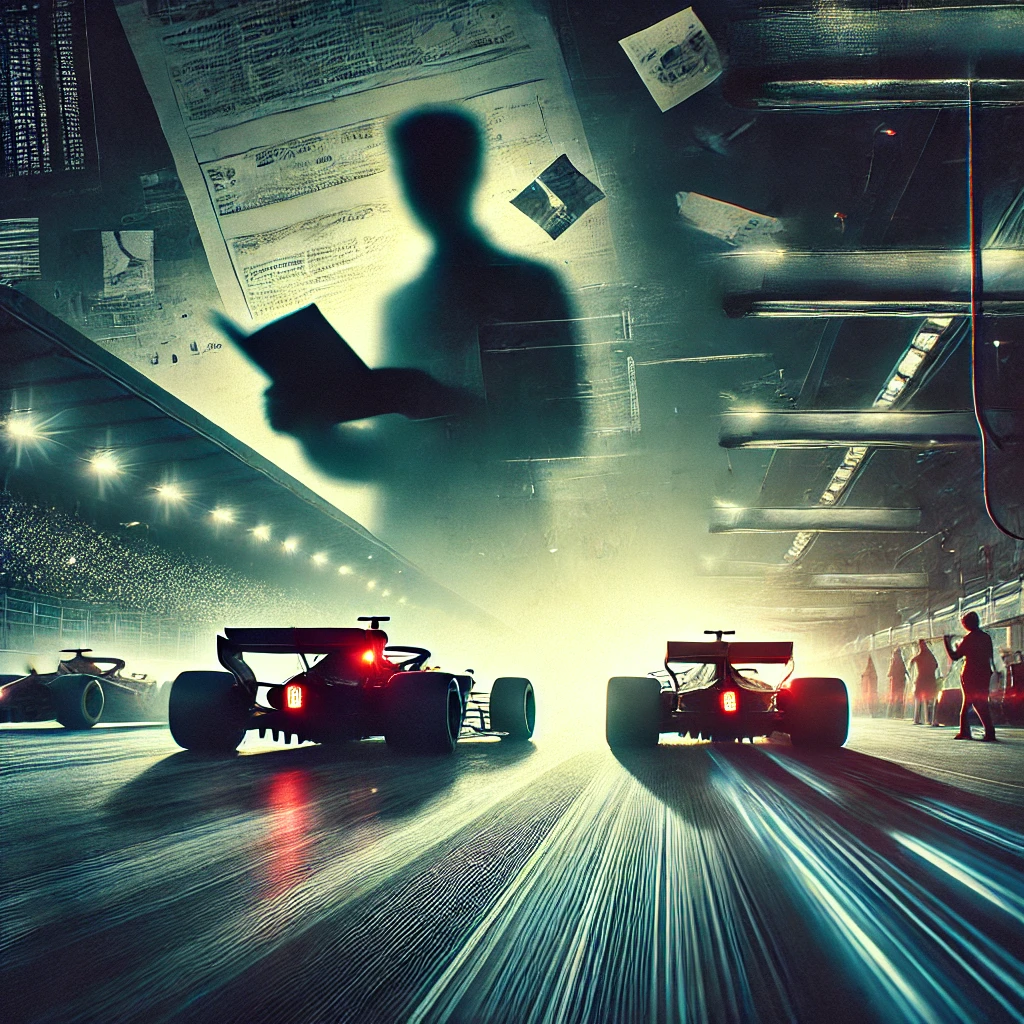
The Dark Side of Speed
Formula 1 is known for its thrilling races, technological marvels, and some of the world’s best drivers. But beneath the glamour and glory, F1 has a notorious history of controversies and instances of bending—or outright breaking—the rules. In a sport driven by innovation and intense competition, teams and drivers occasionally venture into morally ambiguous territory, pushing boundaries to gain an advantage. This article explores five of the most infamous controversies in F1 history, shedding light on the circumstances, the fallout, and the lasting impact on the sport.
For Tickets and Packages Please Click Here
1. Formula 1’s Spygate Scandal (2007)
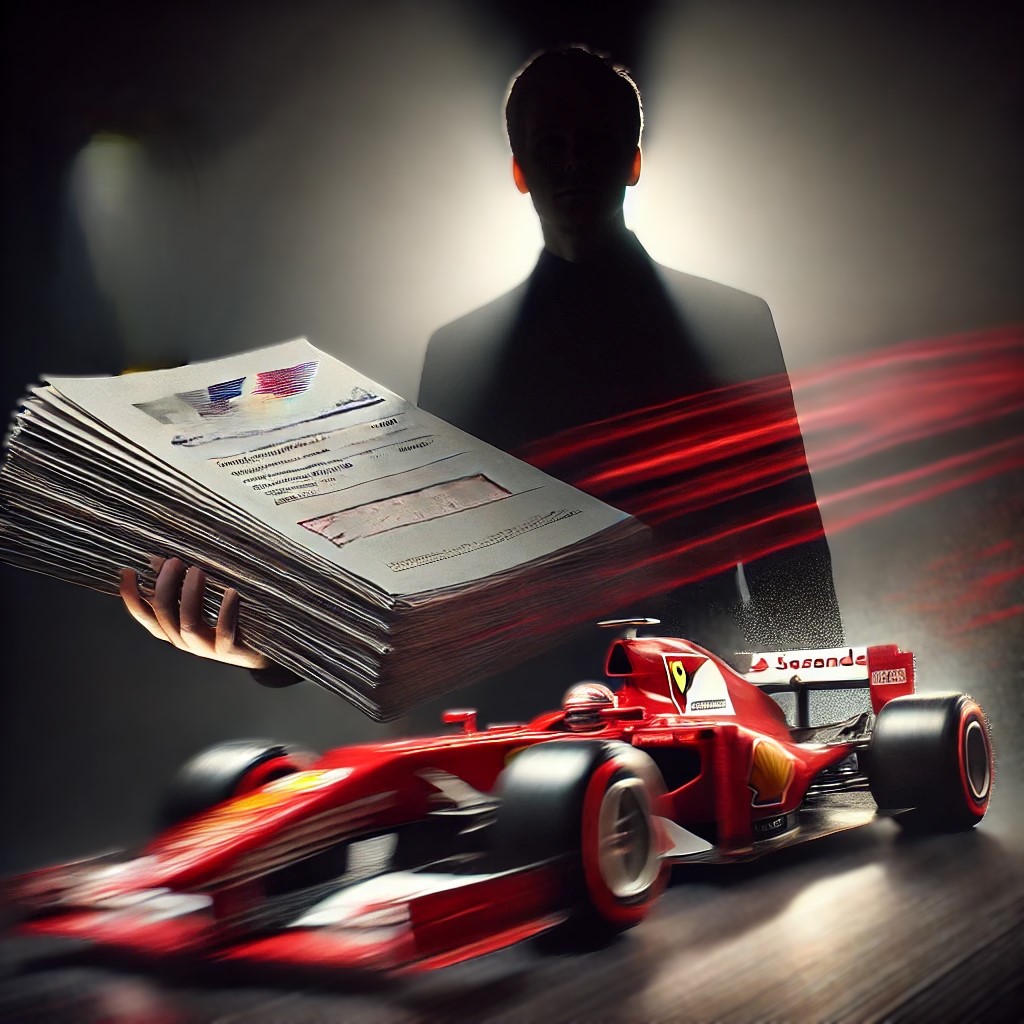
Spygate remains one of the most infamous scandals in Formula 1, a controversy that pitted Ferrari against McLaren and led to one of the largest fines in sporting history. It all began when a rogue Ferrari employee, Nigel Stepney, leaked a 780-page technical dossier of Ferrari’s car specifications to McLaren’s chief designer, Mike Coughlan. McLaren claimed that the documents were unsolicited and unused, but evidence emerged that the team had reviewed the information extensively.
The FIA launched an investigation, ultimately finding McLaren guilty of possessing confidential Ferrari data. The verdict? McLaren was stripped of all Constructors’ Championship points and fined a record $100 million. This scandal shook the sport, not just financially but also in terms of trust between teams. McLaren’s involvement raised questions about ethics, leading to increased scrutiny on team communications and information handling in F1.
2. Crashgate: The 2008 Singapore Grand Prix
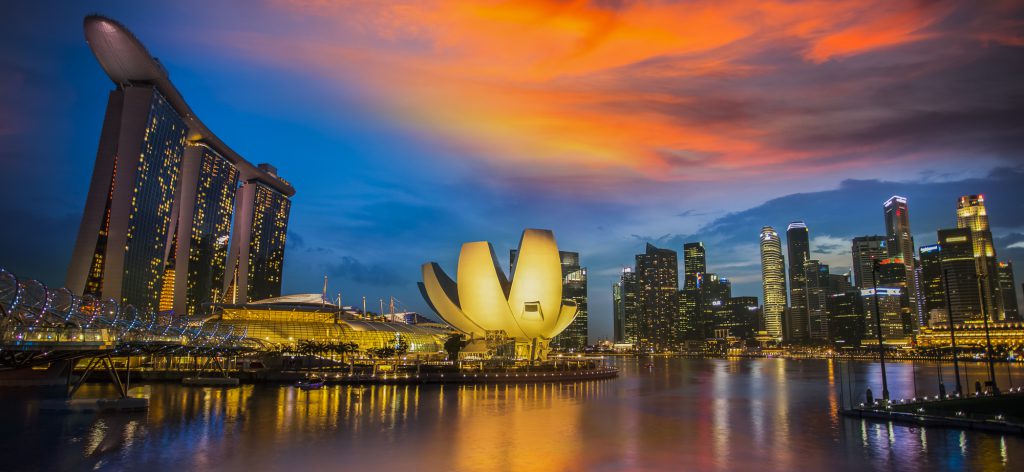
Few scandals are as controversial as Crashgate, which involved Renault instructing one of its drivers, Nelson Piquet Jr., to deliberately crash during the 2008 Singapore Grand Prix. By strategically crashing, Piquet triggered a safety car that gave teammate Fernando Alonso a significant advantage, ultimately leading him to victory. Initially, the crash was dismissed as a mere accident.
A year later, after being dropped from the team, Piquet blew the whistle on Renault’s orchestrated crash. An FIA investigation found the accusations valid, leading to lifetime bans for Renault team principal Flavio Briatore and executive director of engineering Pat Symonds (although these were later overturned). The incident highlighted the lengths teams could go to manipulate race outcomes, tarnishing Renault’s reputation and prompting F1 to introduce stricter race manipulation regulations.
3. The 1994 Benetton Scandal
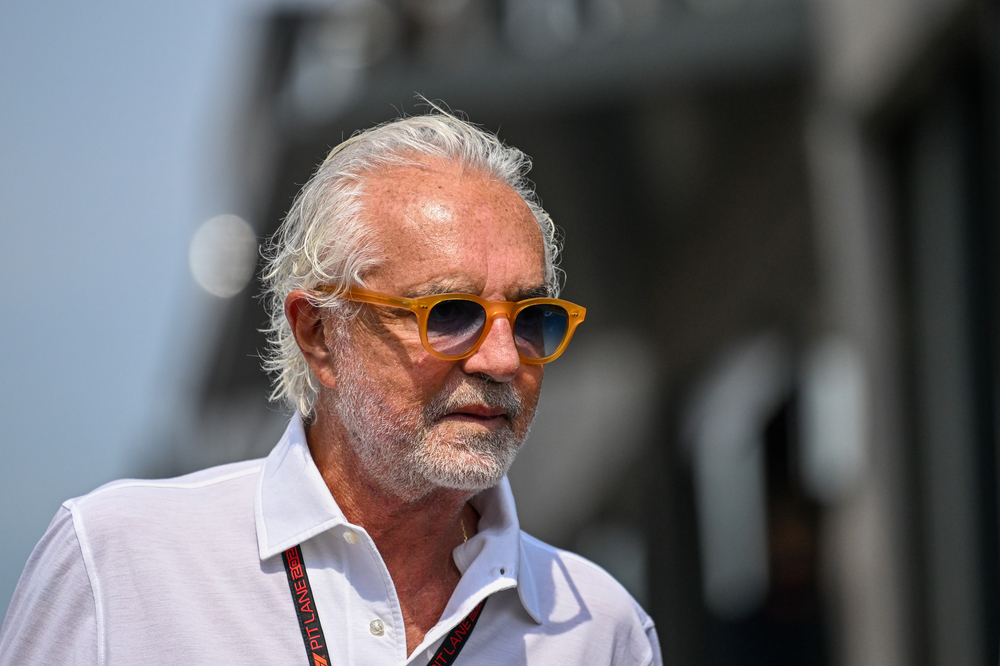
The 1994 season was notorious for a series of controversies involving the Benetton team and its driver, Michael Schumacher. Amidst one of the most competitive championship battles, Benetton was accused of using illegal software that allowed for launch control, which gave drivers an edge during race starts. FIA investigations revealed that Benetton’s software indeed had a hidden launch control system, although the team denied activating it.
Adding fuel to the fire, Benetton was also found tampering with their refueling system, contributing to a fire incident during a pit stop at the German Grand Prix. Although Benetton faced fines and suspensions, Schumacher still went on to clinch the title, albeit with lingering doubts over his championship legitimacy. This scandal underscored the fine line between innovation and illegality in F1, emphasizing the need for rigorous technical inspections.
4. Ferrari’s Illegal Engine (2019)

Ferrari’s 2019 season came under intense scrutiny as their cars displayed unprecedented straight-line speed, raising suspicions among rival teams. Several teams alleged that Ferrari had manipulated fuel flow measurements to gain a competitive advantage. The FIA launched an investigation, but rather than a public verdict, it led to a private settlement with Ferrari—a move that left fans and rival teams in the dark.
While Ferrari wasn’t explicitly penalized, the FIA’s settlement indicated some level of wrongdoing. The controversy tarnished Ferrari’s reputation, and in 2020, the team’s performance dipped significantly, suggesting that the settlement had forced them to abandon whatever advantage they had. This incident prompted the FIA to impose stricter fuel flow regulations, underscoring F1’s ongoing battle to keep engineering within fair limits.
5. The BAR Honda Fuel Tank Controversy (2005)
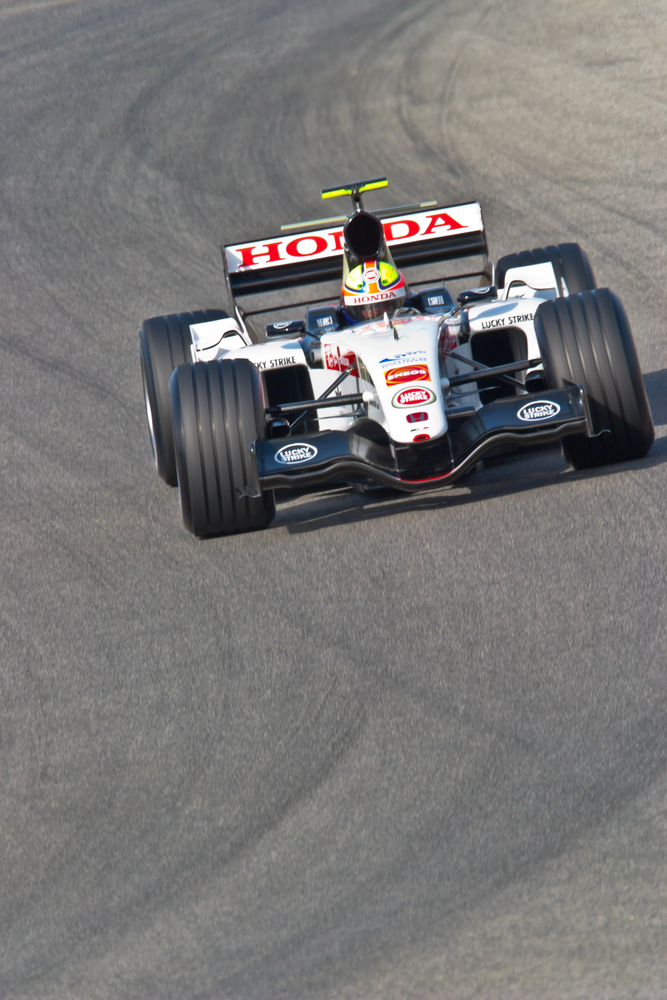
The 2005 BAR Honda controversy remains one of F1’s more bizarre cases. After Jenson Button’s impressive performances early in the season, rival teams suspected foul play. An FIA investigation found that BAR’s car was using an illegal secondary fuel tank, cleverly designed to add ballast after a race inspection, giving the car a weight advantage during races.
The FIA responded by suspending BAR Honda for two races and placing the team on probation. This incident highlighted the lengths teams might go to exploit gray areas in the regulations. As a result, the FIA implemented more stringent car weight inspection protocols to ensure compliance and maintain fairness in F1.
Conclusion
Formula 1 has always been a high-stakes sport where ingenuity and risk-taking are part of the DNA. However, as these cases reveal, some teams and drivers have occasionally crossed ethical lines, leaving a legacy of controversy and tightened regulations in their wake. Spygate, Crashgate, the Benetton scandal, Ferrari’s engine saga, and BAR Honda’s fuel tank trickery are all testaments to F1’s constant push toward innovation—and the delicate balance between competitive edge and fair play. These incidents remind us that while F1 will always be about the relentless pursuit of speed and success, sportsmanship remains an essential pillar of its integrity. Next, we will look at some more controversial moments in the earlier days of Formula 1.



